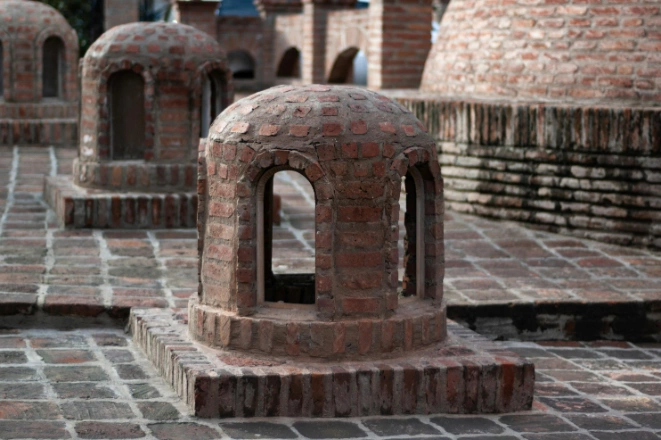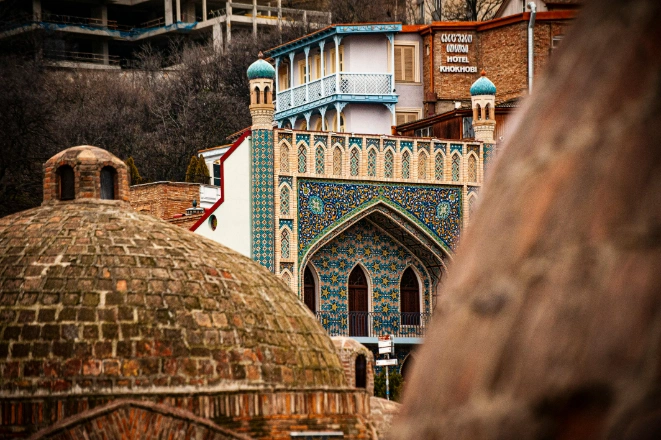Tbilisi’s Sulfur Baths: A Timeless Ritual of Healing and Culture
Tbilisi's sulfur baths have long been a cherished part of Georgian culture, providing both relaxation and therapeutic benefits to locals and visitors alike. Steeped in history and tradition, these baths shaped the unique identity of Georgia’s capital. Their origins trace back to the 5th century, when King Vakhtang Gorgasali discovered the hot springs while hunting, giving Tbilisi its name—derived from “tbili”, meaning warm.

The Chreli Abano, built in the 17th century with intricate Persian-style architecture, still fascinates with its tiled façade and domed roof. Over time, poets and writers like Alexander Pushkin, Alexandre Dumas, and Anton Chekhov all praised these baths for their luxury and rejuvenating qualities.

Today, Abanotubani remains the spiritual heart of the city. Experiencing the sulfur baths is not only about soaking in mineral-rich waters but also about connecting with centuries of history and tradition. This enduring heritage continues to put Tbilisi on the world stage—just as it will during the Junior Eurovision Song Contest 2025, where Georgia proudly shares its culture with Europe and beyond.
Sources: https://georgia.to/en/tbilisi-sulphur-baths/ https://new.chreli-abano.ge/en/history
Votes: https://crowch.com/vote/2918/statistic/ https://crowch.com/vote/2919/statistic/
Close